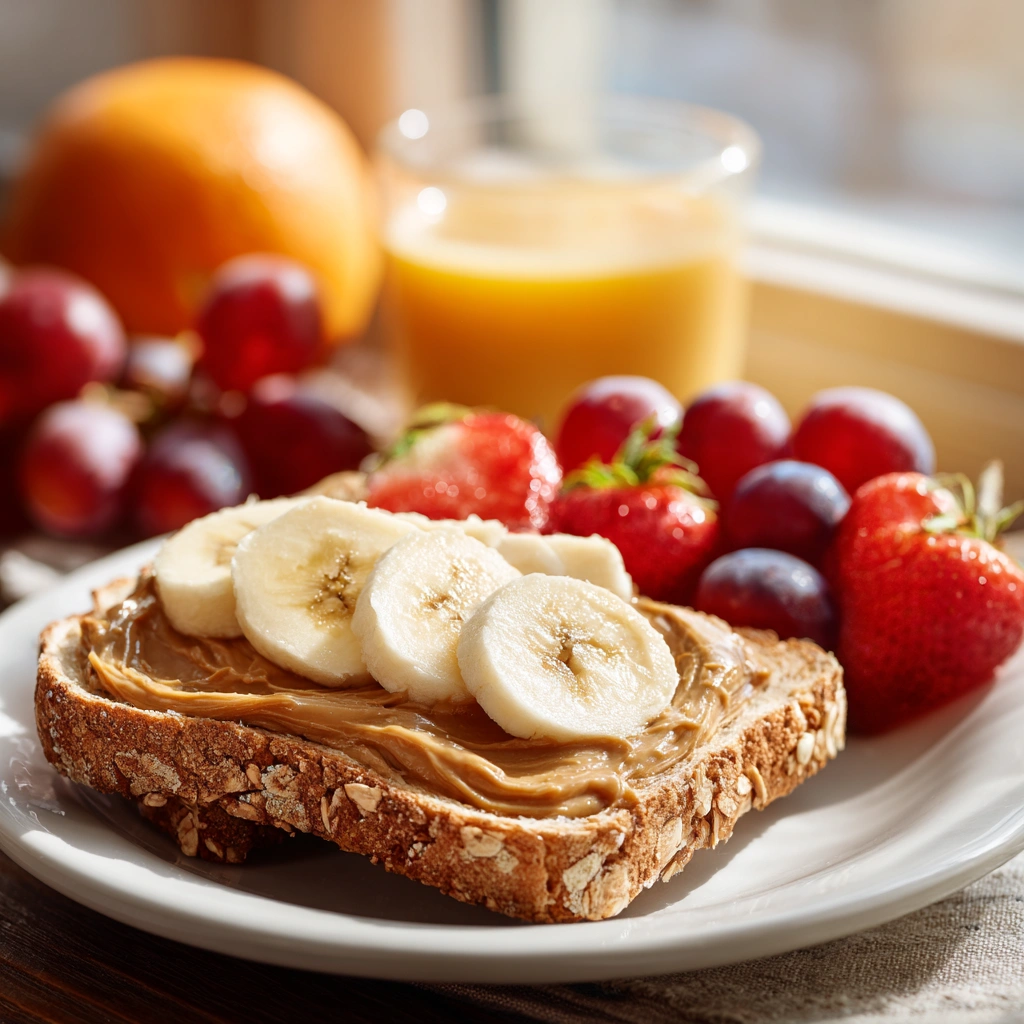Health benefits of natural peanut butter first captured my curiosity one chilly afternoon when I decided to blend a handful of roasted peanuts in my food processor—just for fun. What came out wasn’t just creamy and delicious—it was nourishing, energizing, and comforting. That simple, homemade experiment reminded me why I love cooking: it’s about discovering small, healthy joys that make a big difference. Moments like these are what inspired me to create First Try Recipes—to help you find satisfaction in making good food that’s also good for you.
In this article, we’ll explore the health benefits of natural peanut butter by looking at its origins, key ingredients, easy steps to make it at home, and the best ways to serve it. We’ll also answer your most common questions—from daily use to its effects on the body—so you can enjoy every spoonful with confidence and intention.
Try this easy gluten-free strawberry muffin for another wholesome treat.
Table of Contents
1. Definition and History of Health Benefits of Natural Peanut Butter
The health benefits of natural peanut butter start with its simple, wholesome foundation. Made from just ground peanuts—often with a pinch of salt—natural peanut butter skips the added sugars and hydrogenated oils found in many commercial spreads. This clean ingredient profile is what gives it its impressive nutritional edge.
Natural peanut butter traces its roots back to the early 1900s in the United States, where it was first introduced as a protein-rich food for people who had trouble chewing meat. Over time, it evolved from a health remedy into a household staple. Today, it’s loved worldwide not just for its taste but for the health benefits of natural peanut butter, which include heart support, muscle maintenance, and more.
Thanks to growing interest in plant-based and whole-food diets, natural peanut butter has regained popularity. It continues to shine as a symbol of simple nutrition and flavorful wellness.
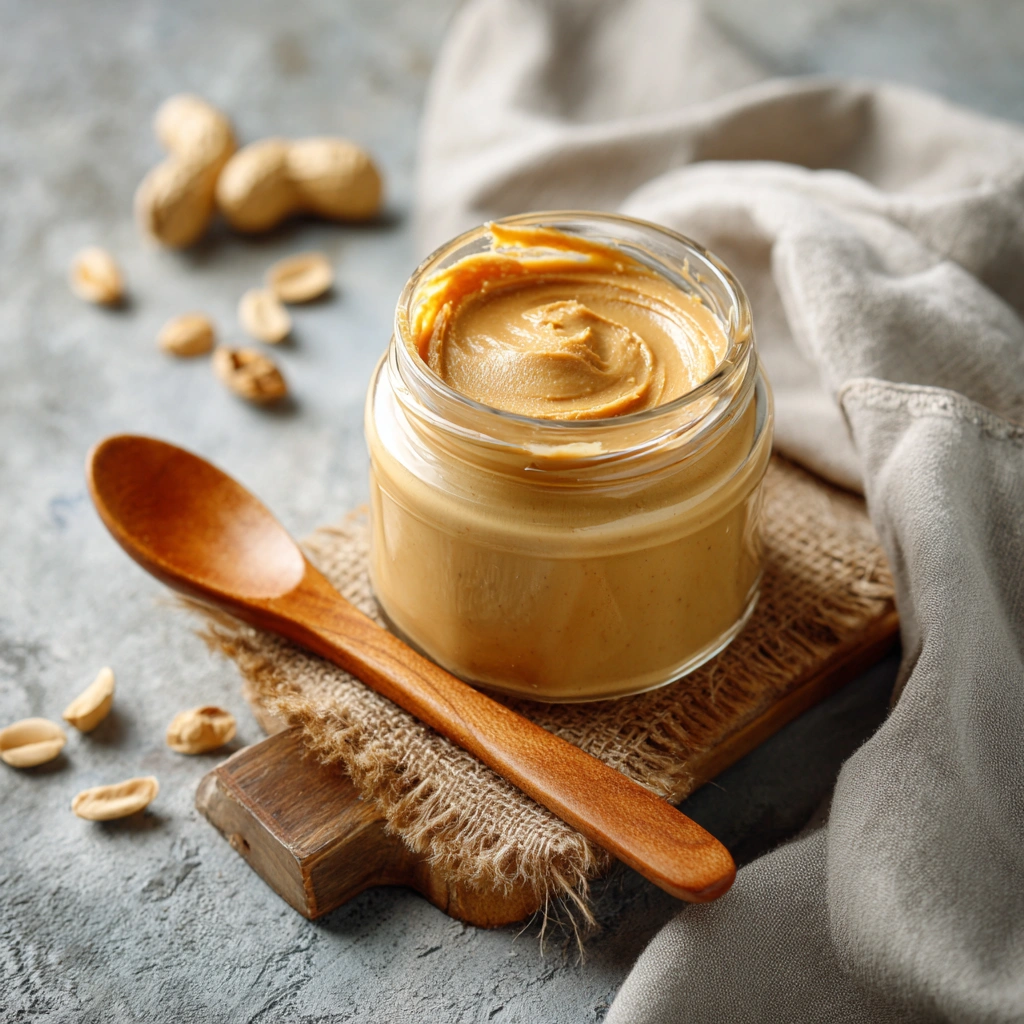
2. Ingredients of Health Benefits of Natural Peanut Butter
To fully enjoy the health benefits of natural peanut butter, it all starts with clean, minimal ingredients. Here’s what you need to make it at home:
| Ingredient | Quantity | Substitute |
|---|---|---|
| Roasted peanuts | 2 cups | Almonds or cashews |
| Salt (optional) | 1/2 tsp | Sea salt or omit entirely |
| Peanut oil (optional) | 1–2 tsp | Avocado oil or skip for thicker texture |
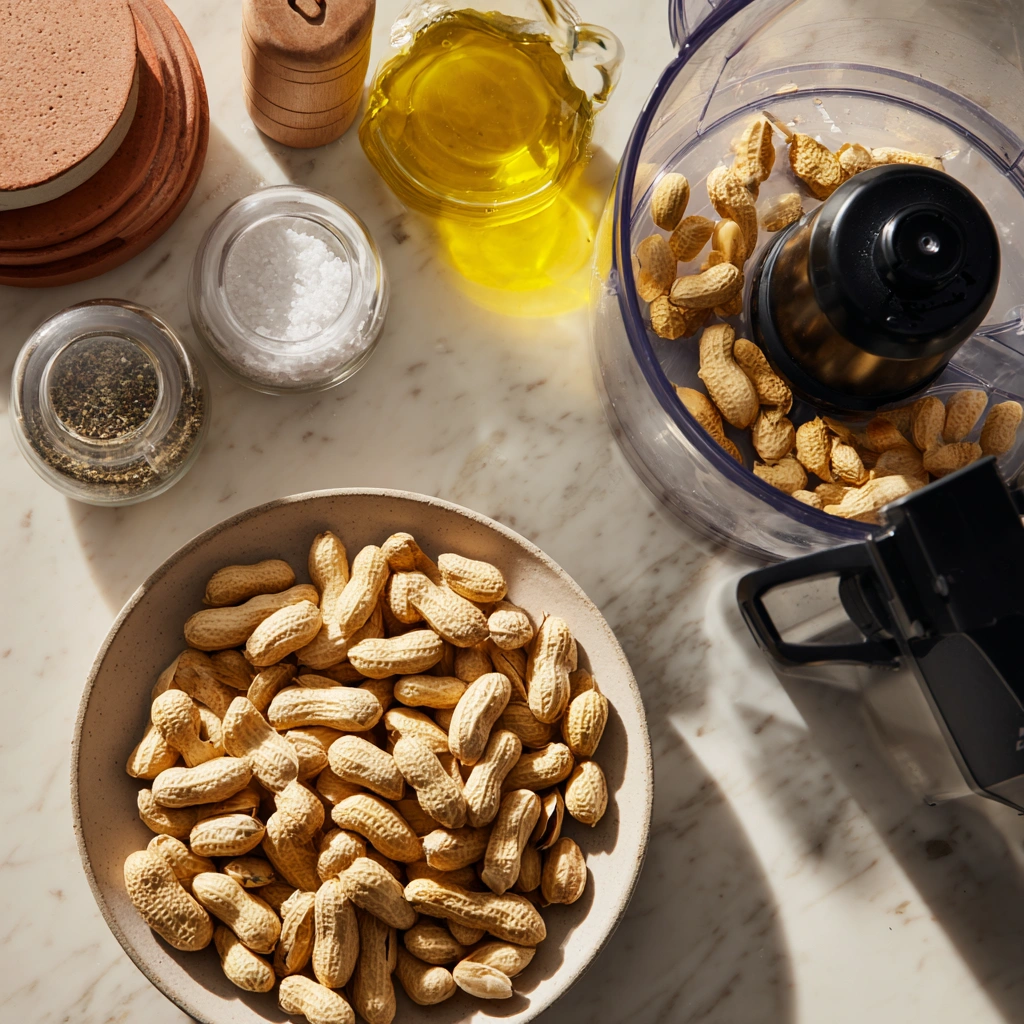
The key to unlocking the health benefits of natural peanut butter is avoiding additives like sugar, palm oil, and preservatives. By using just peanuts—or peanuts and a touch of salt—you preserve its heart-healthy fats, protein, and antioxidants. If you’re watching sodium or fat intake, you can tailor the ingredients without compromising its nutritional value.
Bonus: It pairs beautifully with recipes like my dairy-free cheese sauce if you’re making savory dishes.
3. Instructions on How to Make Health Benefits of Natural Peanut Butter
Making your own spread is a simple way to enjoy the health benefits of natural peanut butter without any unwanted additives. Just follow these easy steps:
Step 1: If using raw peanuts, roast them at 350°F for 10–15 minutes until golden and fragrant.
Step 2: Let the peanuts cool slightly, then transfer them to a food processor.
Step 3: Blend for 2–5 minutes, scraping down the sides occasionally, until smooth and creamy.
Step 4: Add salt or a small amount of peanut oil if desired, then blend again briefly.
Pro Tip: For crunchy texture, pulse in a handful of chopped peanuts at the end.
By preparing it yourself, you lock in the natural flavor and maximize the health benefits of natural peanut butter, including its protein content and healthy fats—without the processed extras. Need a dessert idea? Use this peanut butter in my rich gluten-free Dubai chocolate brownies.
4. How to Serve Health Benefits of Natural Peanut Butter
Enjoying the health benefits of natural peanut butter is easy when you know how to serve it right. Its rich flavor and creamy texture make it perfect for both sweet and savory dishes.
For a simple snack, spread it on whole-grain toast or pair it with apple slices. Add a spoonful to your morning oatmeal or smoothies for an energy boost. It also works beautifully in sauces for dishes like peanut noodles or grilled veggies. Or drizzle it over these gluten-free dairy-free ice cream sandwiches for a fun dessert.
Serving suggestions:
- Serve with sliced bananas and chia seeds on toast.
- Drizzle over yogurt or acai bowls.
- Pair with celery sticks or dark chocolate for a balanced treat.
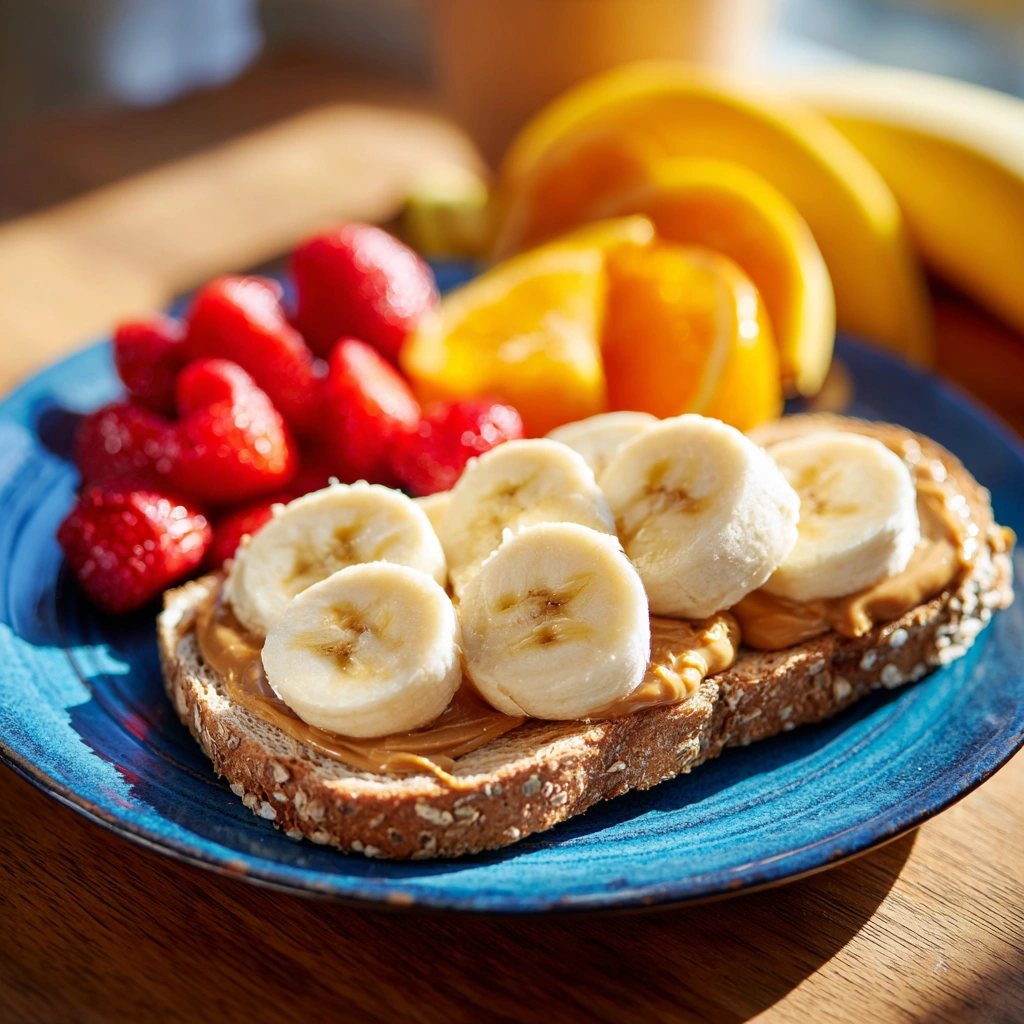
These serving ideas help you make the most of the health benefits of natural peanut butter, combining taste, texture, and nutrition in every bite.
5. General Benefits of Health Benefits of Natural Peanut Butter
The health benefits of natural peanut butter go beyond great taste—it’s a powerhouse of nutrients that support overall wellness.
- Heart Health: Packed with monounsaturated fats, it helps lower bad cholesterol and supports a healthy heart.
- Muscle Support: Its high protein content aids in muscle repair and maintenance. Looking for a lunch idea? Combine it with my gluten-free Mediterranean pasta salad for balanced energy.
- Blood Sugar Control: The combination of healthy fats, fiber, and protein helps stabilize blood sugar levels.
- Rich in Nutrients: It delivers key vitamins and minerals like magnesium, vitamin E, and niacin.
- Antioxidants: Natural peanut butter contains compounds that fight inflammation and oxidative stress.
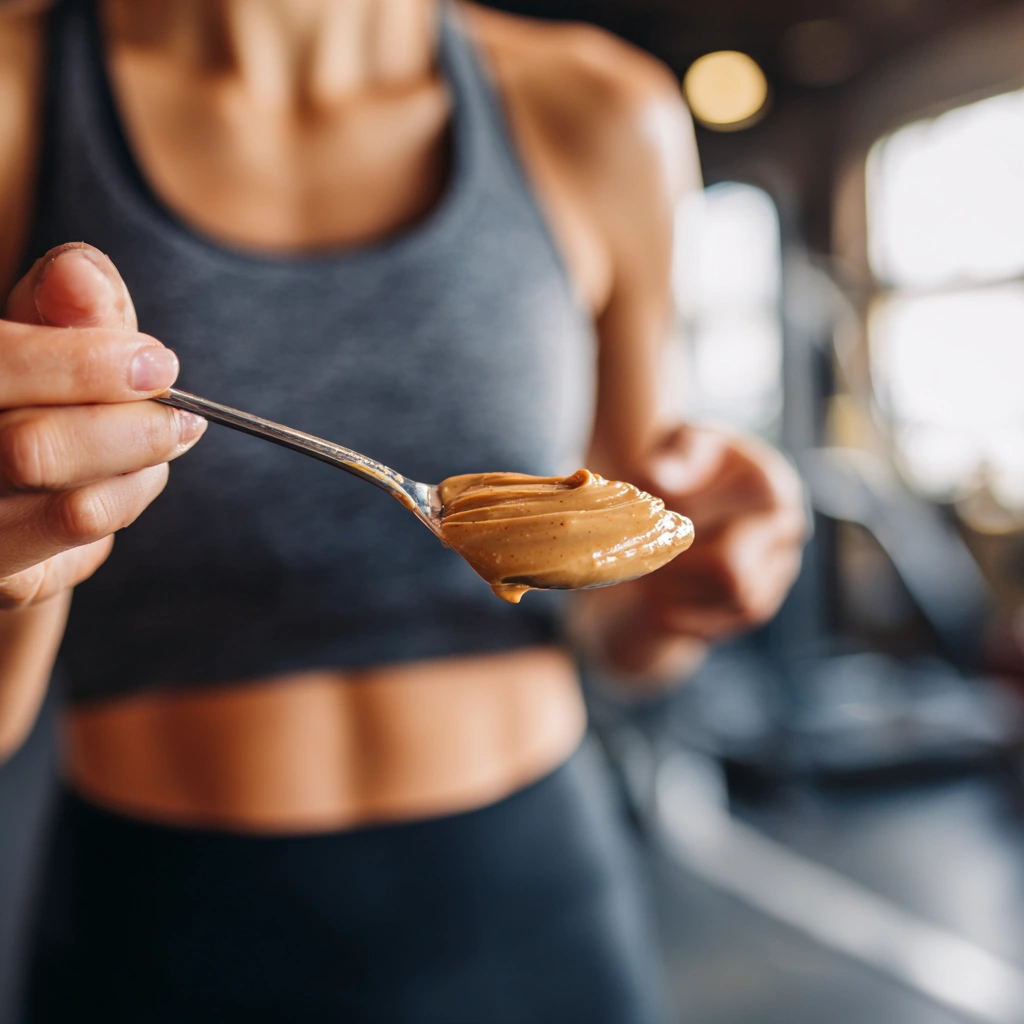
Incorporating just two tablespoons a day into your meals or snacks can help you enjoy the full health benefits of natural peanut butter as part of a balanced lifestyle.
6. FAQs About Health Benefits of Natural Peanut Butter
Q1: Is natural peanut butter healthy for you?
Yes! The health benefits of natural peanut butter include heart support, steady energy, and essential nutrients like magnesium and vitamin E.
Q2: Can I eat natural peanut butter every day?
Absolutely. A daily serving (about 2 tablespoons) fits into most healthy diets and supports the health benefits of natural peanut butter long-term.
Q3: What does peanut butter do to a body?
It provides protein for muscles, healthy fats for your heart, and fiber for digestion—all part of the health benefits of natural peanut butter.
Q4: What happens if we take peanut butter daily?
With moderate intake, you may notice improved satiety, better cholesterol levels, and sustained energy—core health benefits of natural peanut butter.
Conclusion
In conclusion, the health benefits of natural peanut butter make it far more than a pantry staple—it’s a smart, satisfying choice for anyone seeking flavor and nourishment in every bite. From its simple beginnings and nutrient-dense ingredients to the easy steps for making and serving it, this creamy spread supports heart health, muscle recovery, and balanced energy.
Whether you’re blending it into smoothies, spreading it on toast, or enjoying it straight off the spoon, incorporating natural peanut butter into your daily routine is a delicious way to fuel your body and delight your taste buds. Try different variations, share it with loved ones, and savor the journey—because eating well should always feel this good.
For more healthy inspiration, don’t miss my roundup of gluten-free and dairy-free dinners that pair perfectly with peanut butter sides or sauces.
Print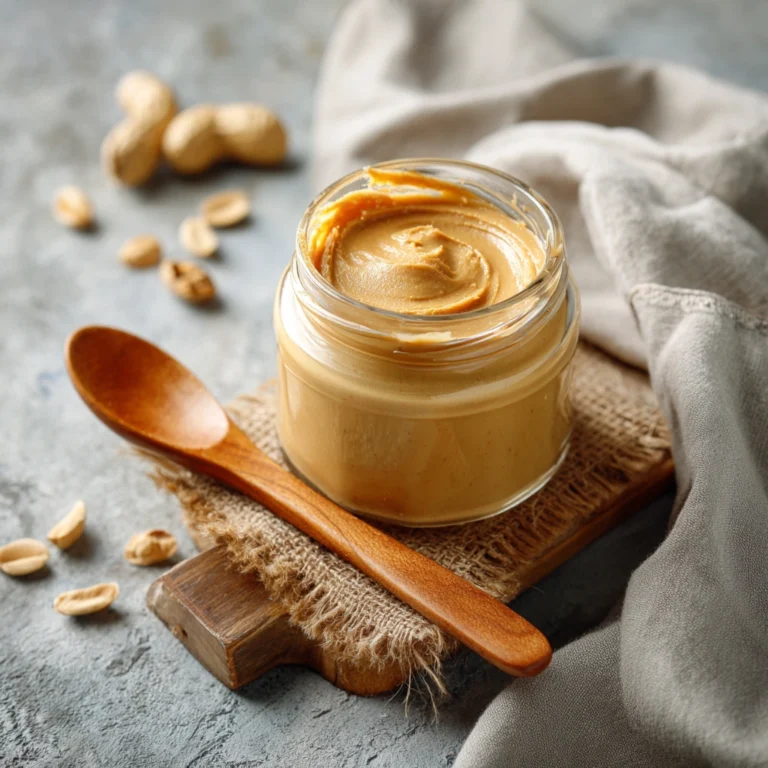
Health Benefits of Natural Peanut Butter: How to Make It and Why It Matters
Creamy, delicious, and nutrient-packed, natural peanut butter supports heart health, builds muscle, and delivers steady energy—all with just a few wholesome ingredients.
- Total Time: 20 minutes
- Yield: 16 servings 1x
Ingredients
- 2 cups roasted peanuts (or substitute almonds or cashews)
- 1/2 tsp salt (optional; use sea salt or omit)
- 1–2 tsp peanut oil (optional; substitute avocado oil or skip for thicker texture)
Instructions
- If using raw peanuts, roast them at 350°F for 10–15 minutes until golden and fragrant.
- Let the peanuts cool slightly, then transfer them to a food processor.
- Blend for 2–5 minutes, scraping down the sides occasionally, until smooth and creamy.
- Add salt or a small amount of peanut oil if desired, then blend again briefly.
- For a crunchy texture, pulse in a handful of chopped peanuts at the end.
Notes
Serve on toast with banana slices and chia seeds, drizzle over yogurt bowls, or pair with apples and celery for a healthy snack. Skip added oil for thicker texture or tailor salt levels based on dietary needs.
- Prep Time: 5 minutes
- Cook Time: 15 minutes
- Category: Spread
- Method: Blending
- Cuisine: American
Nutrition
- Serving Size: 2 tablespoons
- Calories: 190
- Sugar: 1g
- Sodium: 40mg
- Fat: 16g
- Saturated Fat: 2.5g
- Unsaturated Fat: 13g
- Trans Fat: 0g
- Carbohydrates: 6g
- Fiber: 2g
- Protein: 8g
- Cholesterol: 0mg

